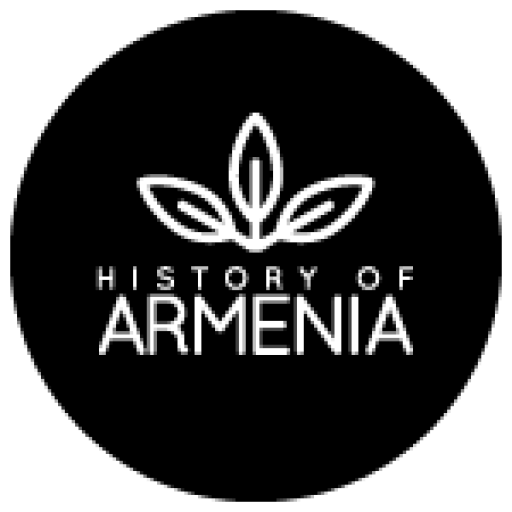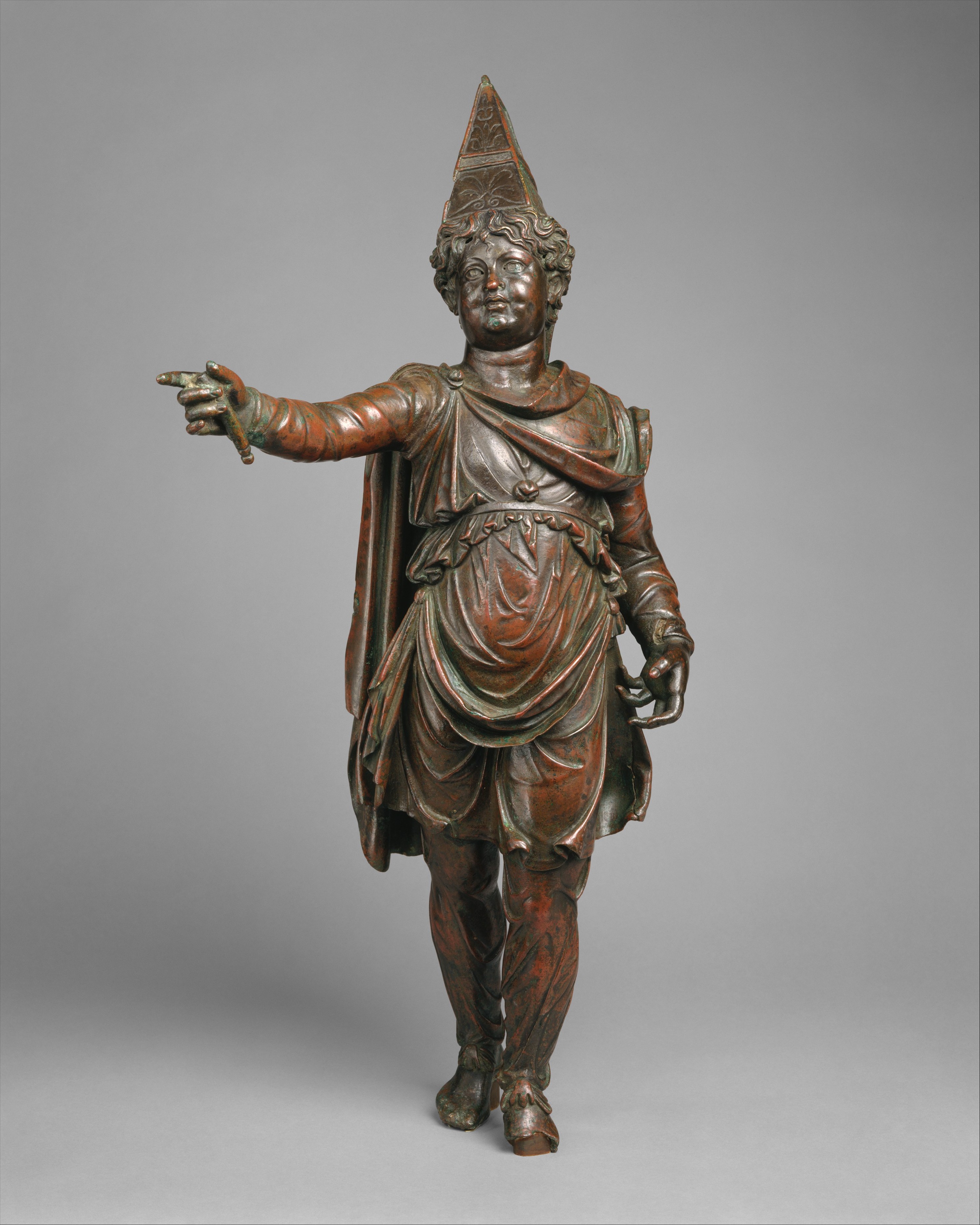Said to have been found east of the Suez Canal or in Alexandria in 1912, the statuette was acquired in June 1949, by the Metropolitan Museum of Art. It was purchased through the Parke-Bernet Galleries, Inc., New York.
Period: Late Hellenistic or Early Imperial
Date: mid-late 1st century B.C.
Culture: Greek, Ptolemaic or Roman
Medium: Bronze
Dimensions: H. 25 1/8 in. (63.8 cm)
Classification: Bronzes
Credit Line: Edith Perry Chapman Fund, 1949
On view at The Met Fifth Avenue in Gallery 164
Unusual and unclassical costume
Parallels for this boy’s unusual and unclassical costume, particularly his trousers and ornate pyramidal hat, can be found in works from the eastern borders of the Hellenistic world in the kingdoms of Commagene and Armenia, north of Mesopotamia, beginning in the middle of the first century B.C. This statuette was found in Egypt together with an identical figure that is now in the collection of the Walters Art Gallery, Baltimore.
The subject’s identity has been much debated and remains a mystery. He may represent Attis, a god of vegetation from Phrygia in central Anatolia. It has also been suggested that the existence of two copies of the same statuette may reflect a double geographical reference—that is, if set up together, the twin figures could be identified as the personifications of Armenia Major and Armenia Minor. However, the images are so similar that more likely they represent the same individual. Most recently, the statuette has been identified as a portrait of Alexander Helios, son of Mark Antony and Cleopatra VII, as Prince of Armenia after Mark Antony’s conquest in 34 B.C. On the other hand, the mannered style, exotic dress, and moderate scale of this figure likely signal a decorative function for the statuette, possibly as a lamp or incense-burner stand.
Source:
- The Metropolitan Museum of Art. Bronze statuette of a boy in an Eastern dress.

